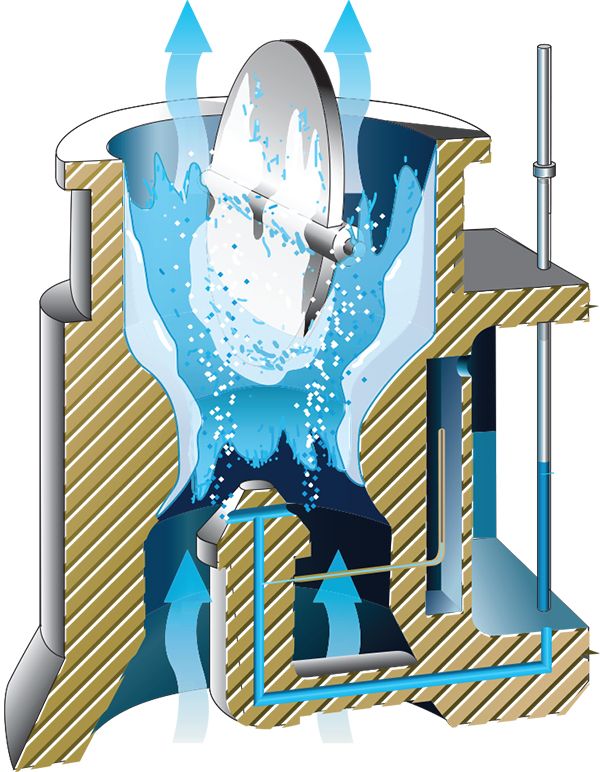I was tootling along at low speed in my little experimental, leaning out the Marvel-Schebler carburetor one nice day, when the engine suddenly stopped. I immediately went through the restart procedures, but to no avail. Realizing that I had run out of options, I turned my little Sonex into the wind and landed on a hillside recently planted in wheat. I was later able to take off from a nearby highway and fly back to the airport. Nature had been kind to me.
The throttle setting was relatively low, and the temperature-dew point spread was not too high either. It must have been carburetor ice!
I should have known better. I had fallen into a trap that accounts for close to half of engine stoppage scenarios and a fair number of fatalities. Tail between my legs, I headed for my study. I did some basic calculations as well. First, I had to measure the carb’s bore diameter so I could have a basis for the airflow speeds demanded by the engine. I found some interesting information in DOT/FAA/CT-82/44, a report on some ground testing to evaluate carburetor ice sensors.
Experiments have shown that, on the typical updraft carburetor, ice accumulates on the lower, flow-facing surface of the butterfly throttle valve, downstream of (and above) the venturi. Very little ice forms on the venturi itself. This is because the airflow speeds in the venturi are not that high; the temperature drop from ambient at the venturi is in reality quite small, in the neighborhood of three degrees F or less. The significant temperature drop is due to the evaporating fuel, and only occurs downstream of the venturi, where the fuel is introduced. Fuel evaporation often extends well beyond the carburetor, up into the long intake manifold. The fraction of total fuel evaporation, and hence cooling that occurs in the carburetor itself, increases with air temperature and decreases with airflow speed through the carb. The total amount of cooling decreases with air/fuel ratio. More fuel, more evaporation, more cooling. At WOT, the throttle plate presents very little flow-facing surface on which ice can form. In addition, airflow speed is high, so fractionally less fuel evaporation occurs in the carburetor. It is when the throttle plate is partially closed that ice accretion is the most likely. Airflow speeds are lower, so fractionally more evaporative cooling occurs in the carburetor, plus, the partially closed butterfly valve presents a nice target for supercooled water droplets to freeze on. This is why we normally use carb heat when descending.
Cruise, particularly at lower speeds and under humid conditions, can also result in ice accumulation. In these conditions, it is best to cruise with carb heat on. This is not harmful to the engine, but the lower air density of the heated air calls for further leaning the mixture. Of course, the presence of visible moisture in the form of haze, drizzle or rain calls for carb heat in cruise.
Have you encountered a situation or hazardous condition that yielded lessons on how to better manage the risks involved in flying? Do you have an experience to share with Aviation Safety’s readers about an occasion that taught you something significant about ways to conduct safer flight operations? If so, we want to hear about it.
We encourage you to submit a brief (500 words) write-up of your Learning Experience to Aviation Safety for possible publication. Each month, Aviation Safety publishes a collection of similar experiences sent to us by readers. Sharing with others the benefit of your experience and the lessons you learned can be an invaluable aid to other pilots.
You can send your account directly to the editor by e-mailing it to [email protected]. Put “Learning Experience Submission” in the subject line; add your name and daytime telephone number at the bottom of the e-mail.
Your report will be considered for publication in the Aviation Safety’s readers’ forum, “Learning Experiences,” and may be edited for style and length. Anonymity is guaranteed if you want it. No one but Aviation Safety’s editor is permitted access to the reports. Your name and telephone number are requested only so that the editor can contact you, if necessary.
While we can’t guarantee your submission will get published, we can guarantee that we’ll closely review and consider using it.
All Learning Experience submissions become the property of Aviation Safety and may be republished.




